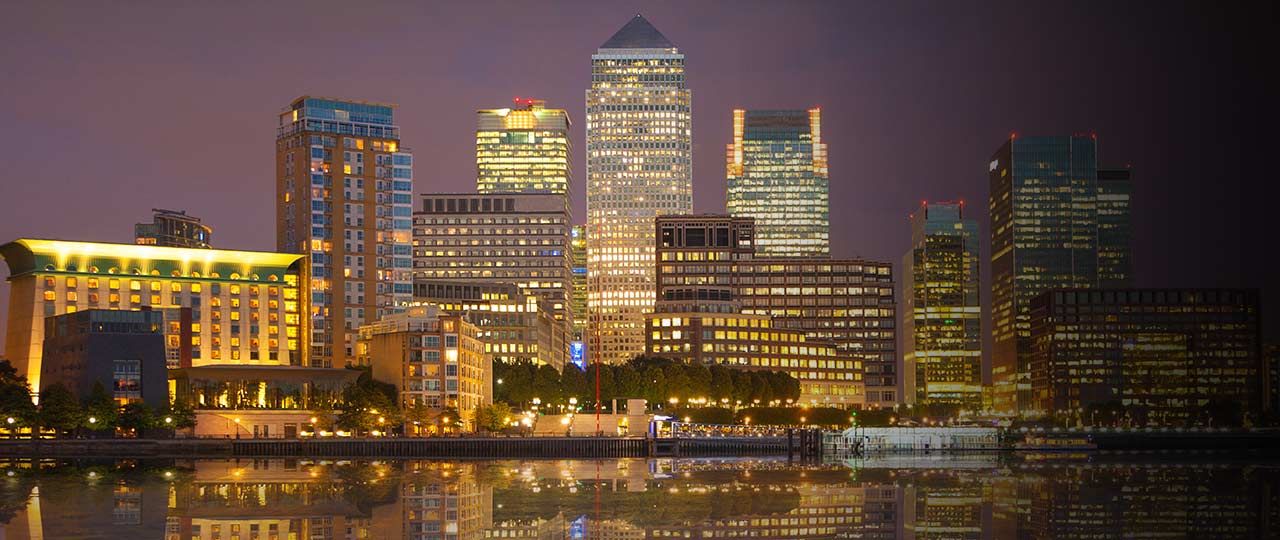
Rising energy prices aren’t just a problem for domestic customers. Kieran Crowe, Partner, Energy Engineer at Strutt & Parker, looks at some of the ways businesses can offset energy costs.
Rising energy costs regularly hit the headlines, along with tips on how people can keep their bills down, whether it’s by switching suppliers or implementing a few energy saving measures.
But it’s not just domestic users who are affected by rising prices. Commercial energy bills have crept up in recent years, and it’s not always as easy for businesses to take action to offset these rises, particularly if they’re a tenant rather than the building owner.
Commercial properties tend to need to use energy consistently, whether that’s for air conditioning, heating, lighting or computers, and there are a greater number of people’s needs to consider.
However, that doesn’t mean that there aren’t steps businesses can take to lower their gas and electricity costs.
Focus on what’s under your control
The first step is to focus on what’s under your control. For example, the heating and cooling systems in your office may be fed into the floor from a central plant that belongs to the landlord. You can’t control how efficient the system is, but you can control how much you use it. Dropping the heating by as little as one degree can reduce gas consumption by as much as 10%, as can setting the air conditioning one degree higher. Workers probably won’t notice the difference if the office is 21 degrees rather than 20, but your bottom line will.
Lighting, which accounts for around 20% of energy bills, is another area where businesses usually have a lot of control. Changing to LEDs can help make significant savings in the long term and you can recoup the cost in as little as a year.
Get to grips with your bill
A lot of commercial tenants don’t know how they are charged for energy, it simply appears as a flat service charge along with the rent. However, if you don’t know what you’re paying for, there’s a chance you’re absorbing your landlord’s, or other tenants’ costs too. Businesses have a right to be metered and to have visibility of these meters – something around 60-70% of tenant don’t take advantage of at the moment.
See when you’re using the most energy
Having greater visibility of your energy bills also means you can see when you’re using the most energy and allow you to make changes accordingly. Most bills use a traffic light system, with red being the most expensive time to use energy – usually around lunchtime and in the late afternoon when there’s the greatest strain on the infrastructure. Green is typically overnight, when costs are lowest, and amber covers the rest of the day. Knowing when you use the most energy gives you the power to change behaviour. If you use lots of energy between 4pm and 7pm, maybe you can turn off the TV screens in reception as there’ll be fewer visitors at that time? Or maybe you can turn the aircon off as everyone is gearing up to leave for the day?
Make smart changes
There’s no need to invest lots of money in energy saving tech to help offset price rises. Instead it’s about making clever culture changes based on information and insight. Just switching the right things off or turning them down can make a huge difference.
Try looking at areas of energy usage you haven’t focused on for years – we’ve worked with businesses where we’ve discovered energy usage levels are as high overnight as in the middle of the day, and there’s been some clear actions that can be taken.
